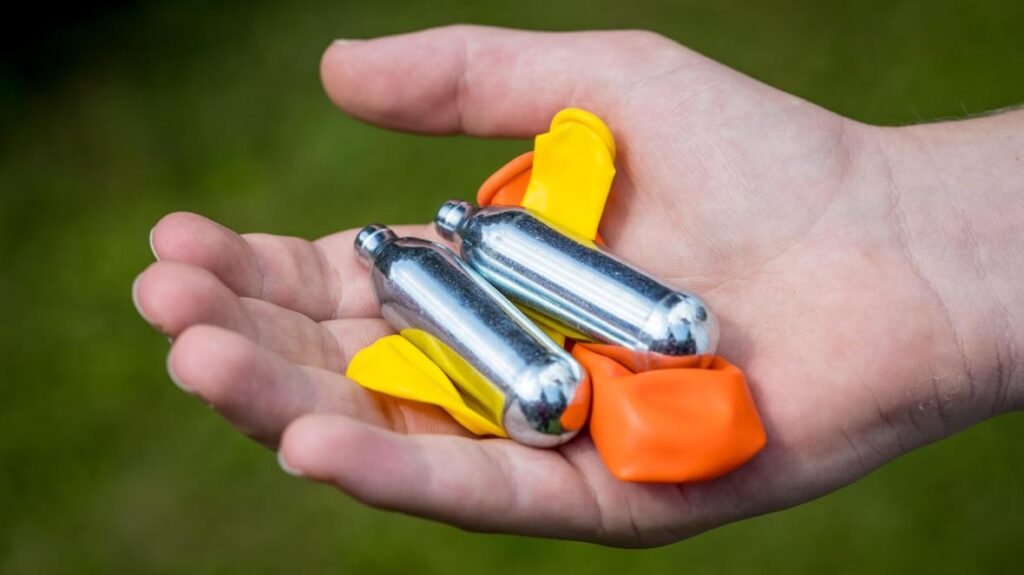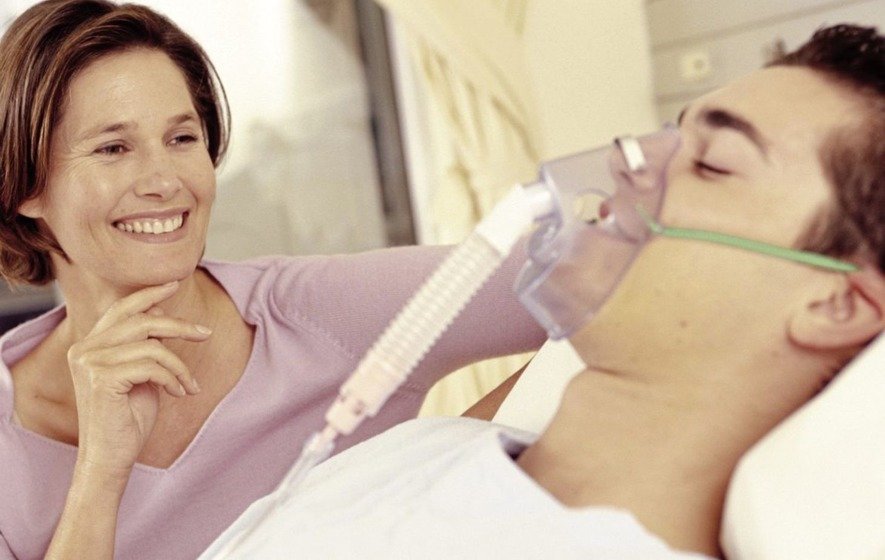Historically, psychoactive drugs taken at parties (like laughing gas) is a good tool for treating mental illness, and are looking for more. In Phase clinical trials, MDMA has emerged as a highly effective treatment for post-traumatic stress disorders, and recent studies have shown that oral ketamine significantly lowers it for suicide.
Nitrous oxide or laughing gas has joined the current ranks. A new experiment with 24 participants in the United States found that small doses of this gas could alleviate the symptoms of current drug-tolerant depression. The advantage over the is that the benefits last for weeks and have few side effects.
“The reduction in side effects was unexpectedly very dramatic, but what’s even more interesting is that, with a single dose, the effect lasted a circular two weeks,” says Peter Nagele, a traumatologist at the University of Chicago. “This has never been shown before. It’s a very cool discovery.”
When nitrous oxide or laughing gas was first discovered in the late 1700s, a British chemist hosted a laughing gas party for an elite crowd. At the time, the festival was being sold as an ‘experiment’, and it was investigated how the drug worked.
Party attendees reported no well-being or pain, which is why nitrous oxide is immediately used in dental surgery. Hundreds of years later, most of us know that this drug is an anesthetic or sedative.
However, over the past few years, scientists have been reconsidering this drug (laughing gas) and its use in the clinical setting.

A 2015 proof-of-principle study showed that smoking a gas consisting of 50% nitrogen oxides for 1 hour had a rapid antidepressant effect. Most volunteers had a significant reduction in depression the day after treatment. But for those who checked their mood after a week, the results didn’t seem to last long. Although there were no serious side effects, many participants reported feeling nausea, dizziness, or delusions.
However, new subsequent studies suggest that this does not have to be the case. In a recent randomized phase 2 clinical trial, 24 volunteers with treatment-resistant major depression were randomly assigned three other treatments with a time difference of three months between each treatment. It was the First treatment with high doses of laughing gas (50%) for 1 hour, the second treatment with a low dose of laughing gas (25%) for 1 hour, last treatment with placebo I did.
Not all who participated in the study responded the same to their treatment, and some patients had a strong placebo effect. That is, the vast majority of people who participated in clinical trials showed high response rates and improved symptoms over the three months.
These benefits are greater than those observed with other traditional antidepressants and are likely to last longer than previously thought.
Two weeks after each treatment, researchers found the fact that those who received two doses of laughter gas had a lasting effect compared to when they received a placebo.

However, higher amounts of laughter gas were associated with more than four times more side effects on average. Low doses put most patients to sleep.
“This study was motivated by observations from studies of ketamine and depression,” explains Nagele.
“Ketamine as nitrous oxide is an anesthetic and was a promising study using ketamine in sub-anesthetic doses to treat depression. We were 50% too high in the past? I’m curious. You can find “Goldirax Spots” that reduce volume, perhaps maximizing clinical benefits and minimizing side effects.”
It is unclear whether the effects of the first nitrous oxide treatment will follow the next laughing gas match, as the sample size of the current study is small and the researchers followed the patient only after 2 weeks.
This can enhance the lasting effect of the drug, which means that multiple laughing gases can be useful for long-term treatment. On the other hand, nitrous oxide inhalation for hours is long. It may not last.
Much more research is needed to safely and effectively take advantage of depression medications, but given the millions of people who do not respond to current antidepressants, alternative therapies are urgently needed.
“This is just a pilot study,” says Nagele. “But we need greater medical approval because this is a treatment that patients can use in the real world. Most psychiatrists say it’s nitrous oxide sonar. We are not accustomed to the method of administration, so we must show it How to convey this treatment safely and effectively.”

1 Comment
Pingback: What causes Depression? - Craffic